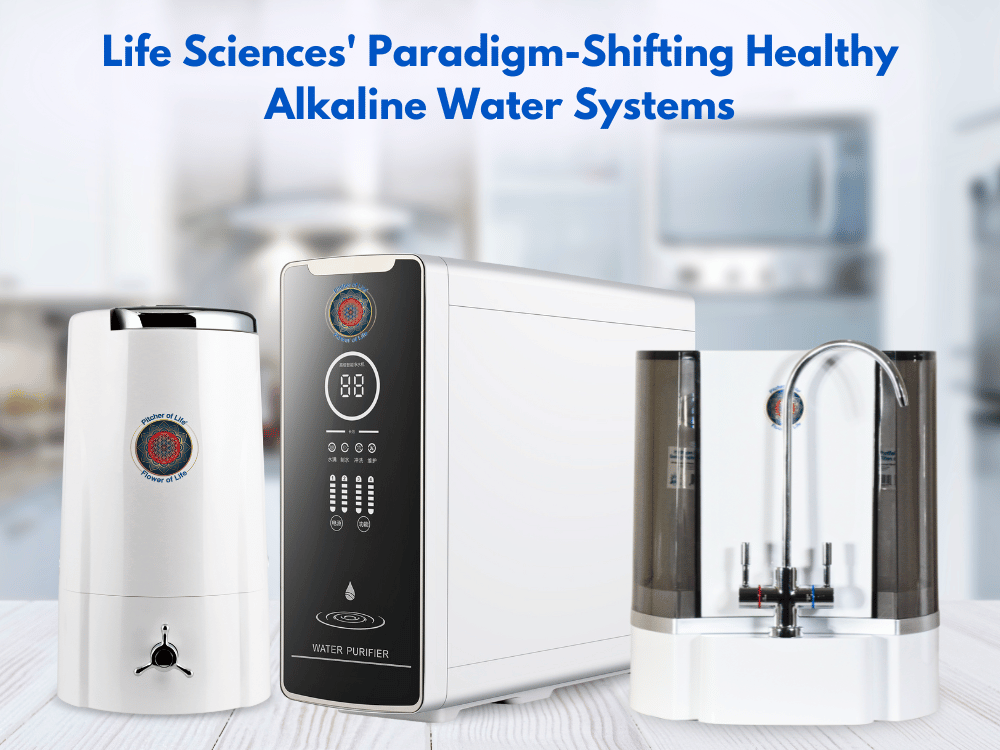Per- and polyfluoroalkyl substances (PFAS), often termed "forever chemicals," pose significant health risks and have been detected in drinking water supplies across the United States. This guide delves into the dangers of PFAS, their health implications, and the most effective water filtration methods to safeguard your household.
Understanding PFAS and Their Risks

What are PFAS?
PFAS are a group of man-made chemicals utilized in various industrial processes and consumer products due to their resistance to heat, water, and oil. These chemicals are highly persistent in the environment and the human body, earning the nickname "forever chemicals."
Health Risks of PFAS Exposure
Cancer
PFOA, a type of PFAS, has been identified as a possible human carcinogen by the International Agency for Research on Cancer (IARC).
Liver Damage
Studies indicate that PFAS can cause liver toxicity, leading to long-term health issues.
Thyroid Disease
PFAS exposure is linked to thyroid disease, which disrupts hormonal balance.
Immune System Effects
PFAS can impair immune system function, potentially diminishing vaccine efficacy.
Elevated Cholesterol Levels
Exposure to PFAS has been associated with increased cholesterol levels, increasing the risk of cardiovascular diseases.
Pregnancy Complications
PFAS exposure during pregnancy can result in preeclampsia, posing risks to both mother and child.
Measuring PFAS Exposure: NHANES Insights
The National Health and Nutrition Examination Survey (NHANES) conducted by the CDC monitors Americans' health and nutritional status. Blood samples from NHANES participants reveal that PFAS are present in the blood of nearly all Americans. Higher concentrations found in children and those residing near PFAS manufacturing sites.
Effective Water Filtration Methods
Ensuring your drinking water is free from PFAS requires a reliable water filtration system. Here are the best methods for removing these hazardous chemicals:
Granular Activated Carbon (GAC) Filters
- How They Work: GAC filters use activated carbon to trap contaminants as water flows through.
- Pros: Affordable and readily available, making them a popular choice for household water filtration.
- How They Work: RO systems utilize a semi-permeable membrane to remove contaminants, including PFAS, from water under pressure.
- Pros: Highly effective at eliminating PFAS, with less frequent maintenance required compared to other systems.
When selecting a water filter, it is crucial to choose products certified by reputable third-party organizations such as:
- National Sanitation Foundation (NSF)
- Water Quality Association (WQA)
- International Association of Plumbing & Mechanical Officials (IAPMO)

Life Sciences™ offers advanced water filtration systems designed to combat PFAS contamination. Our products, certified by the Water Quality Association, ensure maximum protection for your household.
Key Features of Life Sciences™ Systems
Five Specialized Filters: Remove impurities, contaminants, and heavy metals while balancing the water's pH.
- Lifetime Warranty: Assurance of long-term reliability and peace of mind.
- Bonus Borosilicate Glass Water Pitcher with Infuser: Enhances water quality with the "Flower of Life" symbol, known for its healing properties.
Transparency and effectiveness are paramount. Our systems are certified to meet stringent NSF/ANSI standards, providing detailed performance data to demonstrate the removal of PFAS and other contaminants.
- NSF/ANSI 42 Certification: Ensures reduction of chlorine and improvement of water clarity.
- NSF/ANSI 61 Certification: Guarantees the safety of materials used in our filtration systems.
The Agency for Toxic Substances and Disease Registry (ATSDR) advises reducing PFAS exposure by using certified water filters, avoiding products containing PFAS, and adhering to local advisories on contaminated water and food.
Conclusion
With the prevalence of PFAS in drinking water, investing in a high-quality water filtration system is essential to protect your health. Whether you choose an economical GAC filter or a robust reverse osmosis system, ensure it is certified and properly maintained for optimal performance. Stay informed about your water quality and take proactive steps to protect your home from these persistent contaminants.

